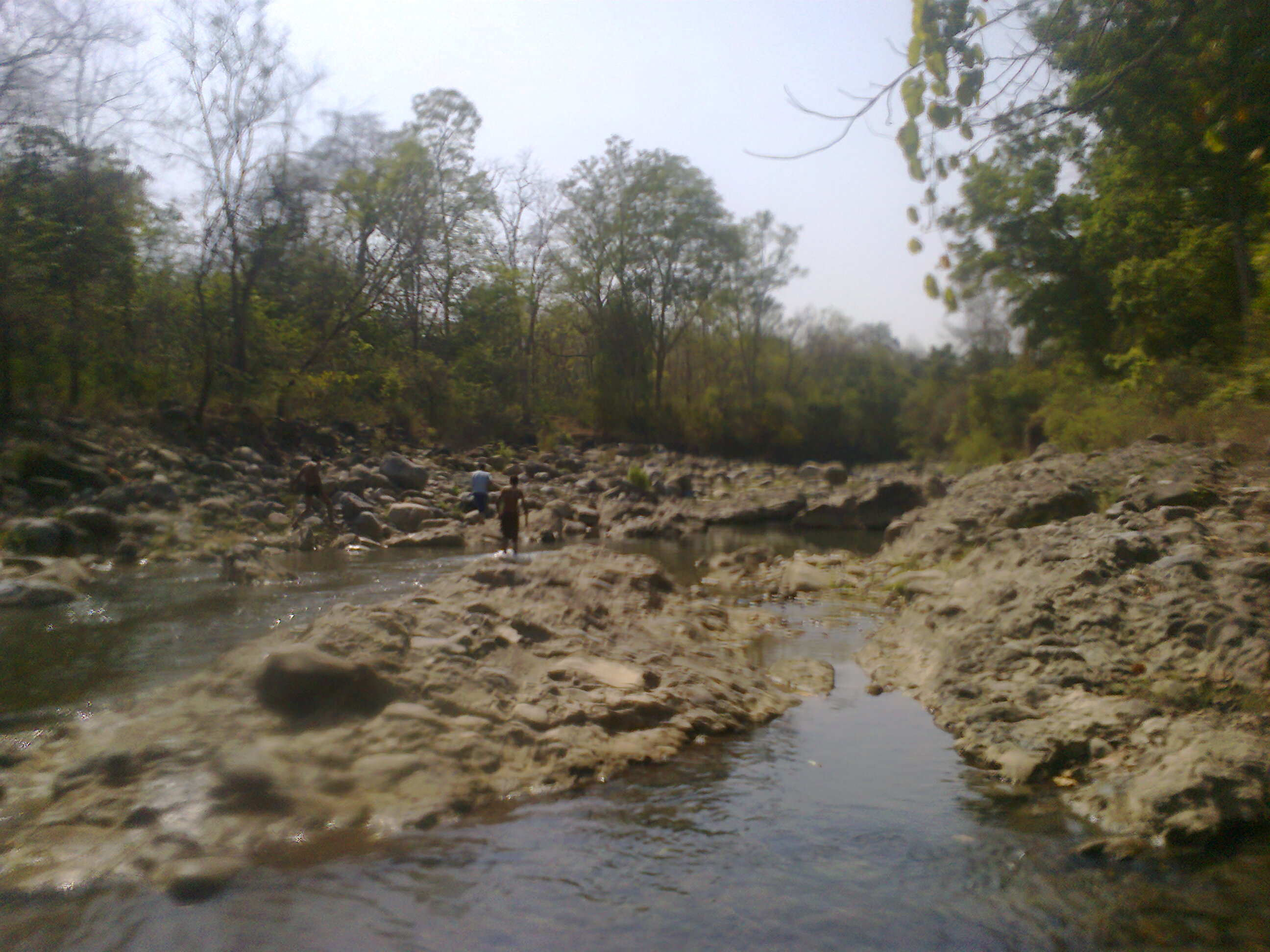|
Baur River
The Baur River is a river in India in the lower Himalayan regions crossing Kotabagh and Bajauniyahaldu, and finally reaching Gularbhoj Dam. It is economically important for its neighbouring villages, e.g. Degaon, Bajauniyahaldu, Musabangar. It provides water supply for the whole season for irrigation. The fact that it is surrounded by dense forest makes it widely diverse in its fauna. A variety of fish are found throughout the year such as Rohu and Catla. Some common species of crabs Crabs are decapod crustaceans of the infraorder Brachyura, which typically have a very short projecting "tail" (abdomen) ( el, βραχύς , translit=brachys = short, / = tail), usually hidden entirely under the thorax. They live in all the ... make the river a rich source of food. Rivers of Uttarakhand {{India-river-stub ... [...More Info...] [...Related Items...] OR: [Wikipedia] [Google] [Baidu] |
Bajauniyahaldu
Bajauniyahaldu is a village in the foothills of Nainital. Etymology Bajauniyahaldu name is originated from the plant Haldu (Haldina). Location The place is famous for Rajkiya Inter College. It is surrounded by dense forest and runs parallel to Baur River. Its population is nearly 1,128 as of 2009. It has many educational institutes both government and private e.g. Rajkiya Inter College, JNG Public School, Sunrise Public School and Educamp. Literacy rate is 89%, which is higher than the national average. The male literacy rate is 97.28% and the female literacy rate is 81.25%. Economy The village is famous for its agricultural and dairy products. The majority of population is involved in farming. Wheat, rice, millet, tomato, and various other vegetables are produced year round. It is one of the chief producers of tomatoes, which are exported to other Asian countries. Languages Kumaoni (पहाड़ी) is the most widely spoken language. Hindi is the next most com ... [...More Info...] [...Related Items...] OR: [Wikipedia] [Google] [Baidu] |
Rohu
The rohu, rui, ruhi or roho labeo (''Labeo rohita'') is a species of fish of the carp family, found in rivers in South Asia. It is a large omnivore and extensively used in aquaculture. Description The rohu is a large, silver-colored fish of typical cyprinid shape, with a conspicuously arched head. Adults can reach a maximum weight of and maximum length of , but average around . Distribution and habitat The rohu occurs in rivers throughout much of northern and central and eastern India, Pakistan, Vietnam, Bangladesh, Nepal and Myanmar, and has been introduced into some of the rivers of Peninsular India and Sri Lanka. Ecology The species is an omnivore with specific food preferences at different life stages. During the early stages of its lifecycle, it eats mainly zooplankton, but as it grows, it eats more and more phytoplankton, and as a juvenile or adult is a herbivorous column feeder, eating mainly phytoplankton and submerged vegetation. It has modified, thin hair-like ... [...More Info...] [...Related Items...] OR: [Wikipedia] [Google] [Baidu] |
Catla
Catla (''Labeo catla''), ( bn, কাতলা, translit=kātlā) also known as the major South Asian carp, is an economically important South Asian freshwater fish in the carp family Cyprinidae. It is native to rivers and lakes in northern India, Bangladesh, Myanmar, Nepal, and Pakistan, but has also been introduced elsewhere in South Asia and is commonly farmed. In Nepal and neighbouring regions of India, up to Odisha, it is called Bhakura. Catla is a fish with large and broad head, a large protruding lower jaw, and upturned mouth. It has large, greyish scales on its dorsal side and whitish on its belly. It reaches up to in length and in weight. Catla is a surface and midwater feeder. Adults feed on zooplankton using large gill rakers, but young ones on both zooplankton and phytoplankton. Catla attains sexual maturity at an average age of two years and an average weight of 2 kg. Taxonomy The catla was formerly listed as the only species in the genus ''Catla'', but ... [...More Info...] [...Related Items...] OR: [Wikipedia] [Google] [Baidu] |
Crabs
Crabs are decapod crustaceans of the infraorder Brachyura, which typically have a very short projecting "tail" (abdomen) ( el, βραχύς , translit=brachys = short, / = tail), usually hidden entirely under the thorax. They live in all the world's oceans, in freshwater, and on land, are generally covered with a thick exoskeleton, and have a single pair of pincers. They first appeared during the Jurassic Period. Description Crabs are generally covered with a thick exoskeleton, composed primarily of highly mineralized chitin, and armed with a pair of chelae (claws). Crabs vary in size from the pea crab, a few millimeters wide, to the Japanese spider crab, with a leg span up to . Several other groups of crustaceans with similar appearances – such as king crabs and porcelain crabs – are not true crabs, but have evolved features similar to true crabs through a process known as carcinisation. Environment Crabs are found in all of the world's oceans, as well as in fresh w ... [...More Info...] [...Related Items...] OR: [Wikipedia] [Google] [Baidu] |



.jpg)